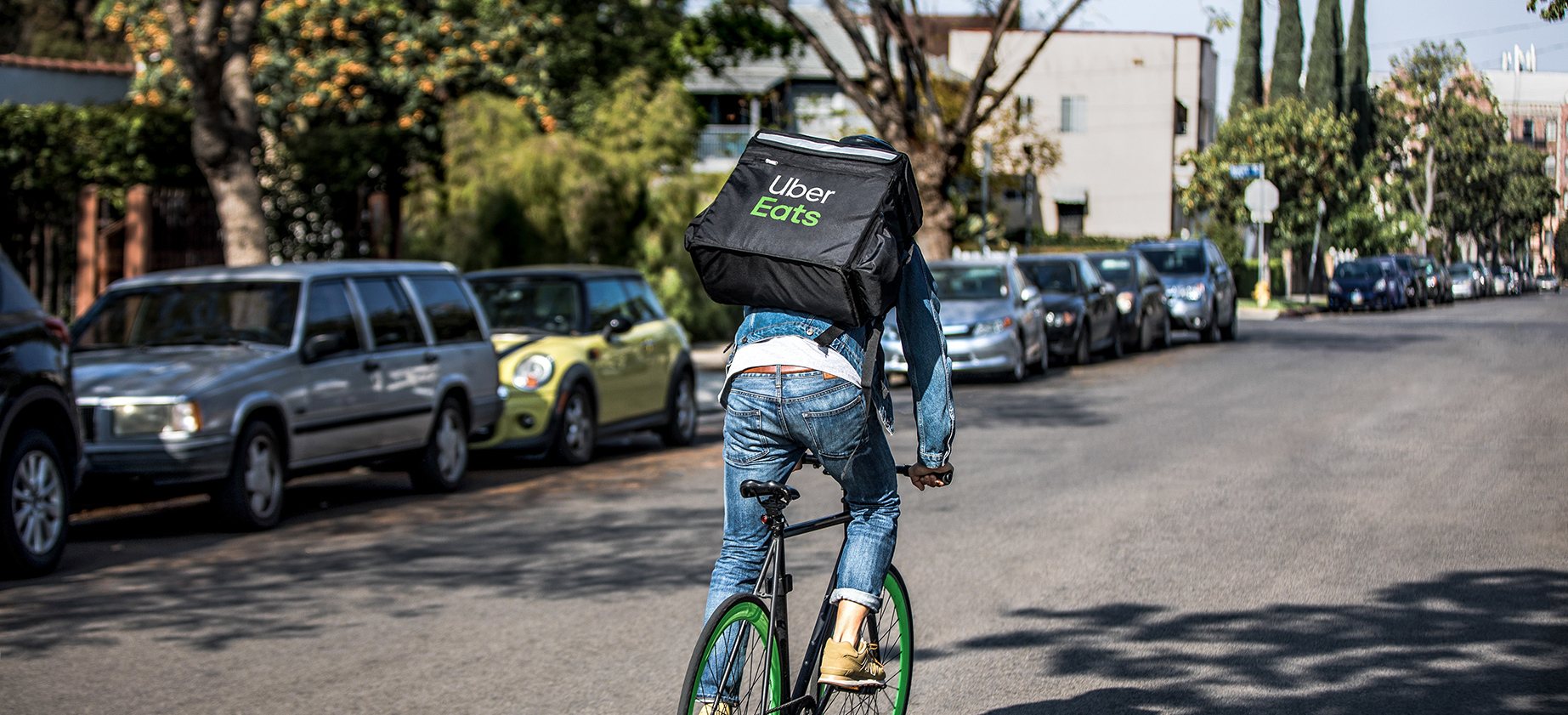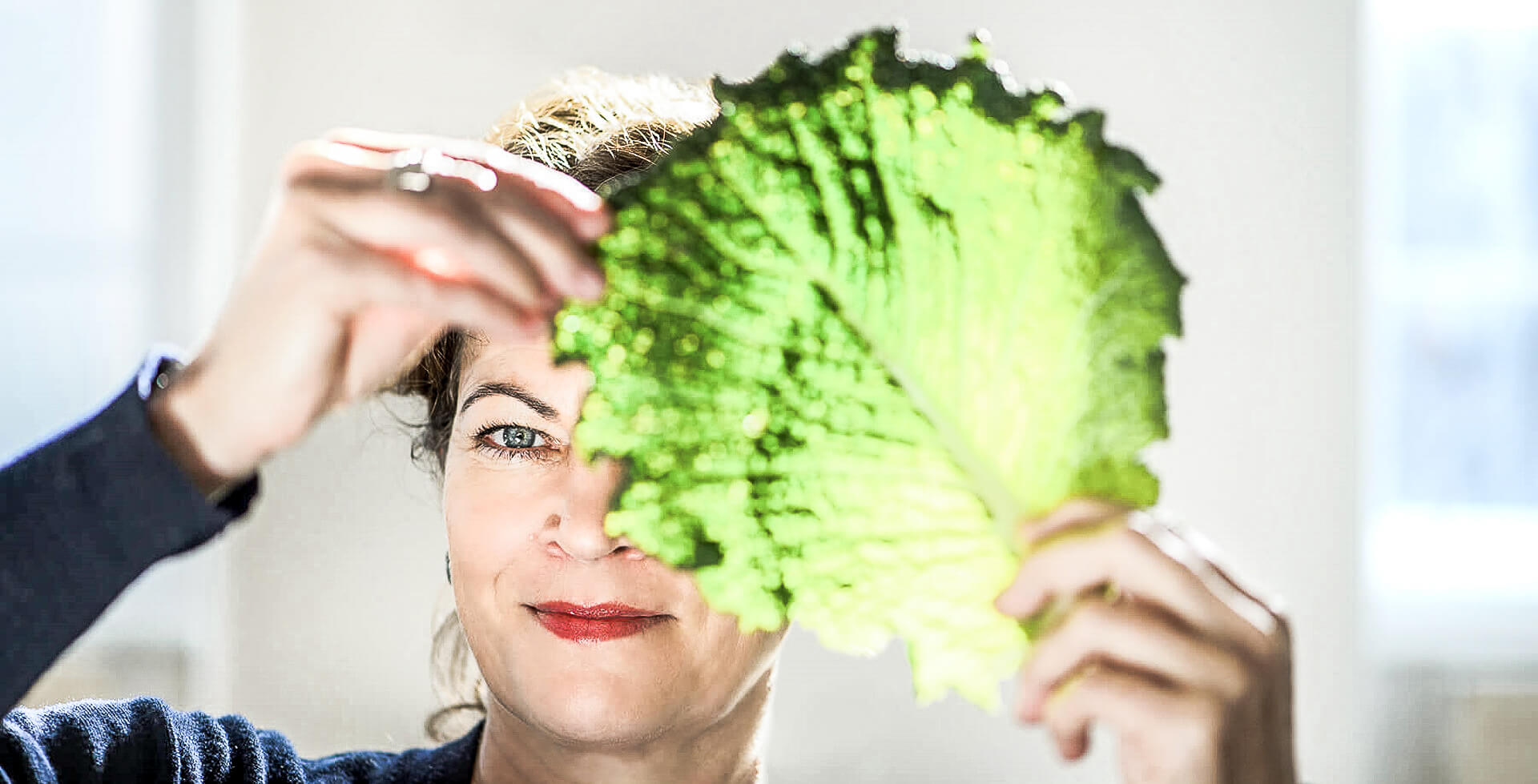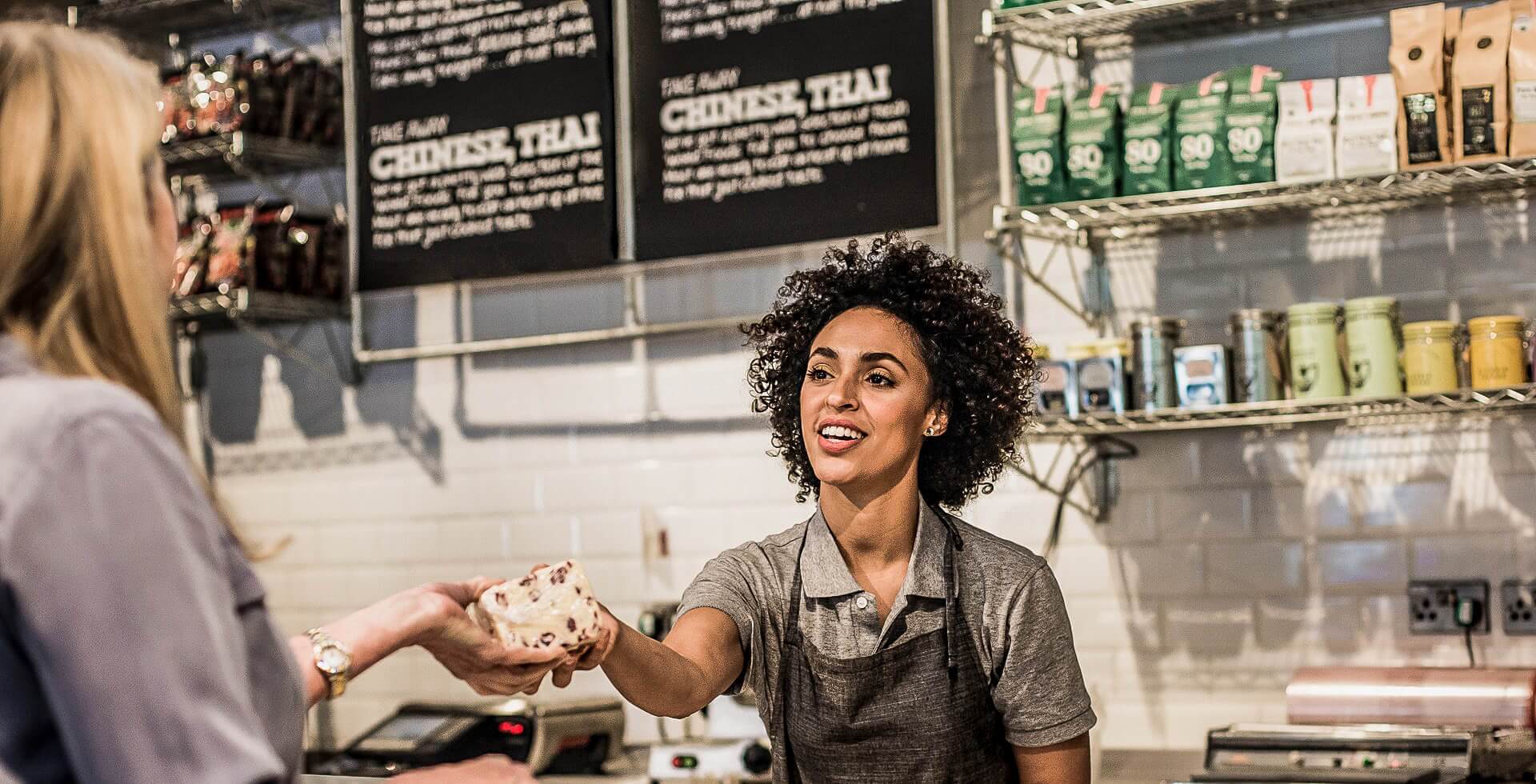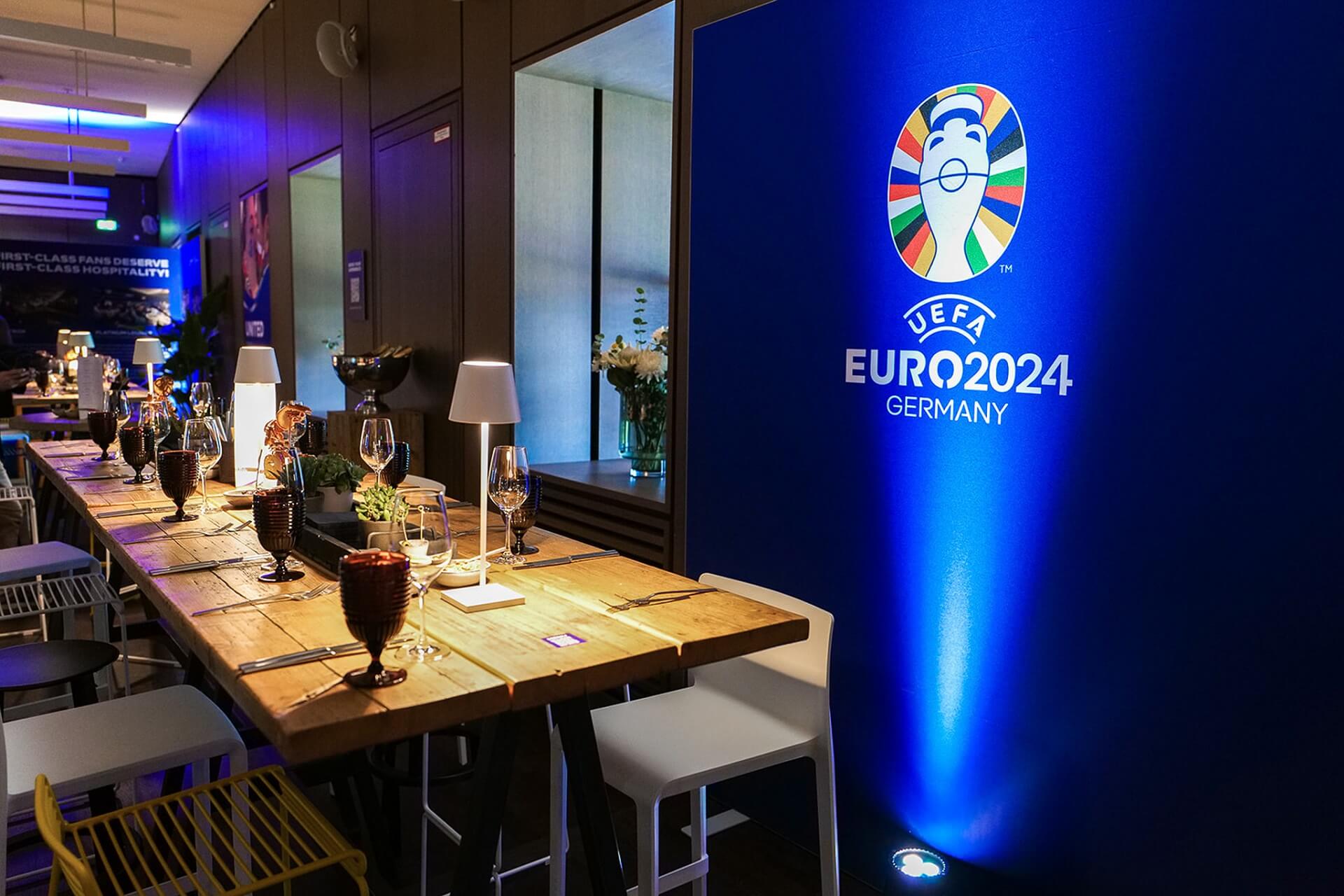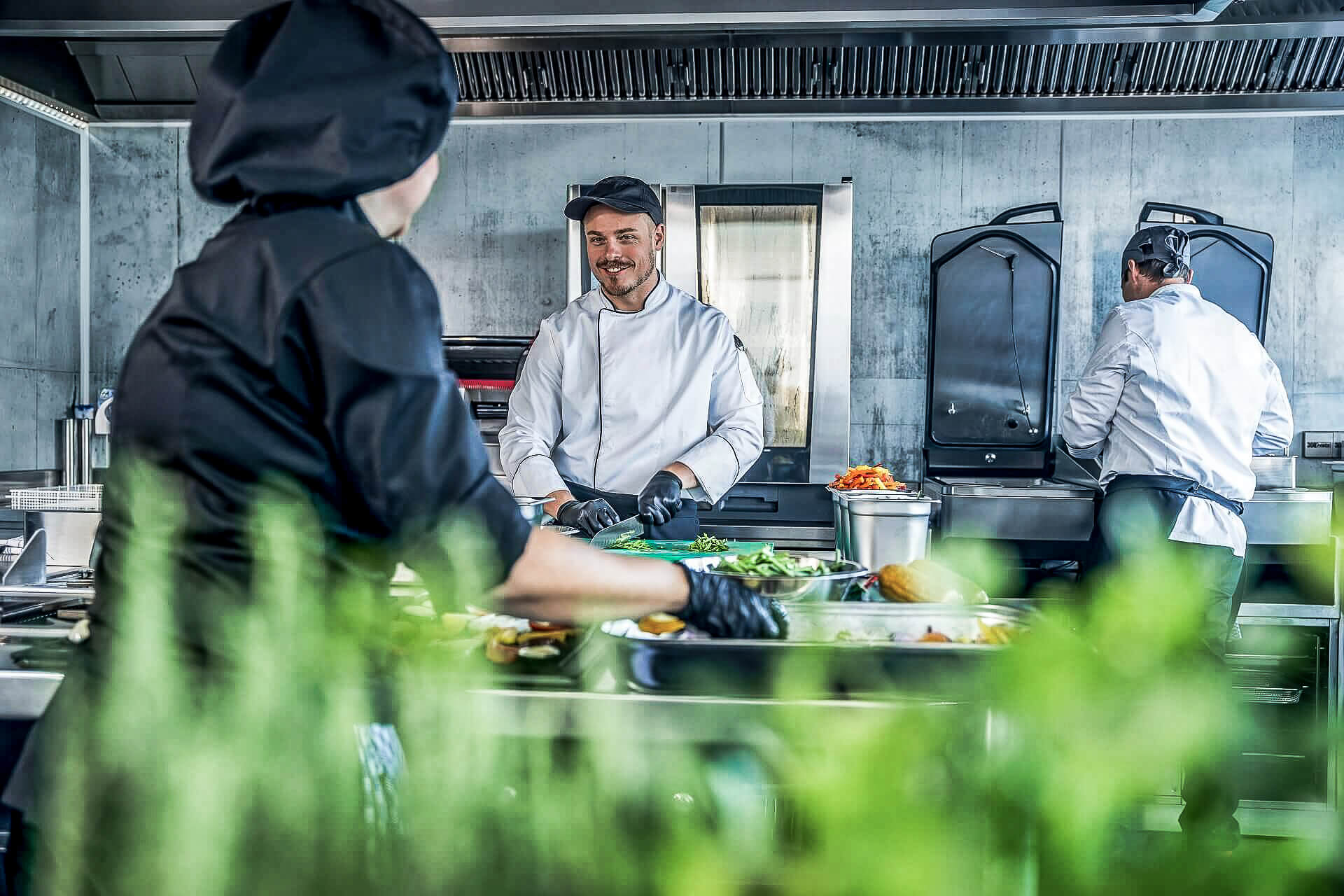Food delivery: The industry’s boiling over
Hungry foodies are ordering in more frequently than ever: According to a prognosis by Digital Market Outlook, the online food delivery market can expect revenues topping €1.8085 billion by 2023 – and that’s just in the restaurant-to-consumer delivery segment (source: Statista). It’s no secret anymore that if you want to be successful in the food service industry, you’ve gotta deliver… and if you don’t have your own delivery service, you’ll have to figure out another way of getting food to hungry homebodies. You may remember how food-delivery giant Deliveroo started a service called Deliveroo Editions in London, and has now successfully established itself in several locations thanks to dark kitchens.. The concept is simple: the restaurant signs up to work with Deliveroo Editions, and the service prepares the restaurant’s food at kitchens specializing in delivery service. These ghost kitchens have no customers and no seating – they only exist to prepare delivery food, and they’re organized down to the last detail with that service in mind.
The food delivery industry is really going full steam ahead, evidenced by the fact that more and more companies are trying to get a foot into the (kitchen) door. Most recently, Uber, the US-based P2P taxi service, threw its hat into the ring as well.
Uber Eats – hungry for the to-go market
Uber has long outgrown its original purpose of getting weary urbanites home safely, and food delivery’s a lucrative market – seems like a match made in heaven, right? Uber began its quiet takeover of the delivery market in 2014, when it launched a subsidiary by name of Uber Eats. It uses a similar model to more established players like Deliveroo: instead of calling the pizza place themselves, users order from their favorite restaurants through the Uber app. Couriers ferry the deliveries through the city – restaurant quality food, at home, in thirty minutes or less. And it’s not just ordinary sit-down restaurants, either: even McDonald’s has been using Uber Eats since 2017.
The taxi-delivery service hybrid now has successful partnerships with more than 80,000 restaurants around the world, but the delivery service part hasn’t quite found its footing in Germany yet. Uber Eats slunk out of Austria with its tail between its legs, too – the only location in Vienna just canceled its service. Though Uber Eats hasn’t really caught on outside of the States yet, it’s probably only a matter of time until the rest of the food world embraces the concept.
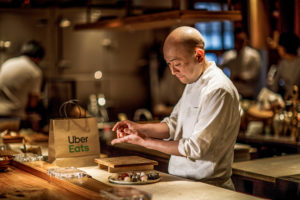
Image: Uber
The dark kitchen rises – Uber goes on the offensive
Bit by bit, the world’s beginning to realize that Uber’s expanding far more rapidly than anyone ever knew. A few years ago, Travis Kalanick, the company’s former CEO, invested in City Storage Systems (CSS). The company’s main focus at the time was on real estate, but in the States it also went by the name Cloud Kitchens, and was in the business of brokering dark kitchens. And here’s another plot twist for you: in 2018, CSS purchased a British startup by the name of FoodStars.
Since 2015, FoodStars has been peddling a concept similar to that of Deliveroo’s ghost restaurants – they have dozens of fully-stocked kitchens at the ready for restaurant professionals who don’t have the space, the capital, or the desire for a fixed location. In other words, buying FoodStars was a perfect opportunity for Uber (or CSS or Cloud Kitchens or whoever – even we’re starting to get confused now) to finally muscle into the British delivery market: Uber Eats is now the proud owner of more than 100 dark kitchens throughout London. This wasn’t even Uber’s first rodeo, though – it had previously tested the new market strategy in Paris. The ghost kitchens supposedly cost €2,500 per month, in exchange for the privilege of selling your food through the app – the same model Deliveroo’s been offering for a while now. It’s clearly a declaration of war on the ultra-competitive delivery and to-go market.
The Uber kitchen’s recipe for success
Though Uber’s come in for plenty of criticism lately, it’s been doing quite a few things right from a business perspective. Dark kitchens offer obvious advantages to local restaurants: they’re planned out to the very last inch, and stripped down to the absolute essentials, which naturally saves a lot of money. So it’s no wonder that Uber Eats’s open kitchens are huge hits among small restaurants and start-ups in particular. The system gives smaller providers a way of increasing their name recognition and finding new customers. Besides, not everyone can afford to set up shop in the city’s most heavily trafficked restaurant districts. To set itself apart from the competition, Uber has yet another ace up its sleeve: a few restaurants only exist for the Uber Eats app, which gives users a sense of exclusivity. If you’re hungry for a particular dish, you have to use the app. Some people call it sneaky, others say it’s genius.
Either way, one thing’s for sure: they may just be minor players on the periphery of the culinary landscape, but sooner or later, they’ll be firmly established on the restaurant scene.
The dark side of delivery power
As with any promising and lucrative business model, these new delivery trends have a flip side. Critics fear that overall food quality will suffer, and that we’ll move away from creative cuisine. Is the restaurant industry moving towards some catastrophic end-times scenario where isolated, faceless cooks churn out food and never earn any recognition for it? Are food delivery services and dark kitchens horsemen of the culinary apocalypse?
And call us hopeless romantics if you must, but no matter how good the food at a ghost restaurant is, nothing can ever top going to an actual restaurant… right? Honestly, very few people make dinner plans just because they’re hungry. Ultimately, it’s the full experience – eating together, having a great time – that motivates us to peel ourselves out of our jogging pants and head outside, rather than just sitting at home on the couch munching out of a carton.
So it’s pretty doubtful that food delivery services and dark kitchens are going to replace your favorite local diner for good. Although words we use to describe mobile kitchens aren’t exactly sunshine and lollipops (dark kitchens? ghost restaurants?), they can be a real light in the darkness for start-ups.
What do you think – are dark kitchens the next big revolution in restaurants, or are they threatening to suck the personality out of food delivery? Click here for more on the dark kitchen movement, where it came from, and the opportunities it holds in store for local restaurateurs.


